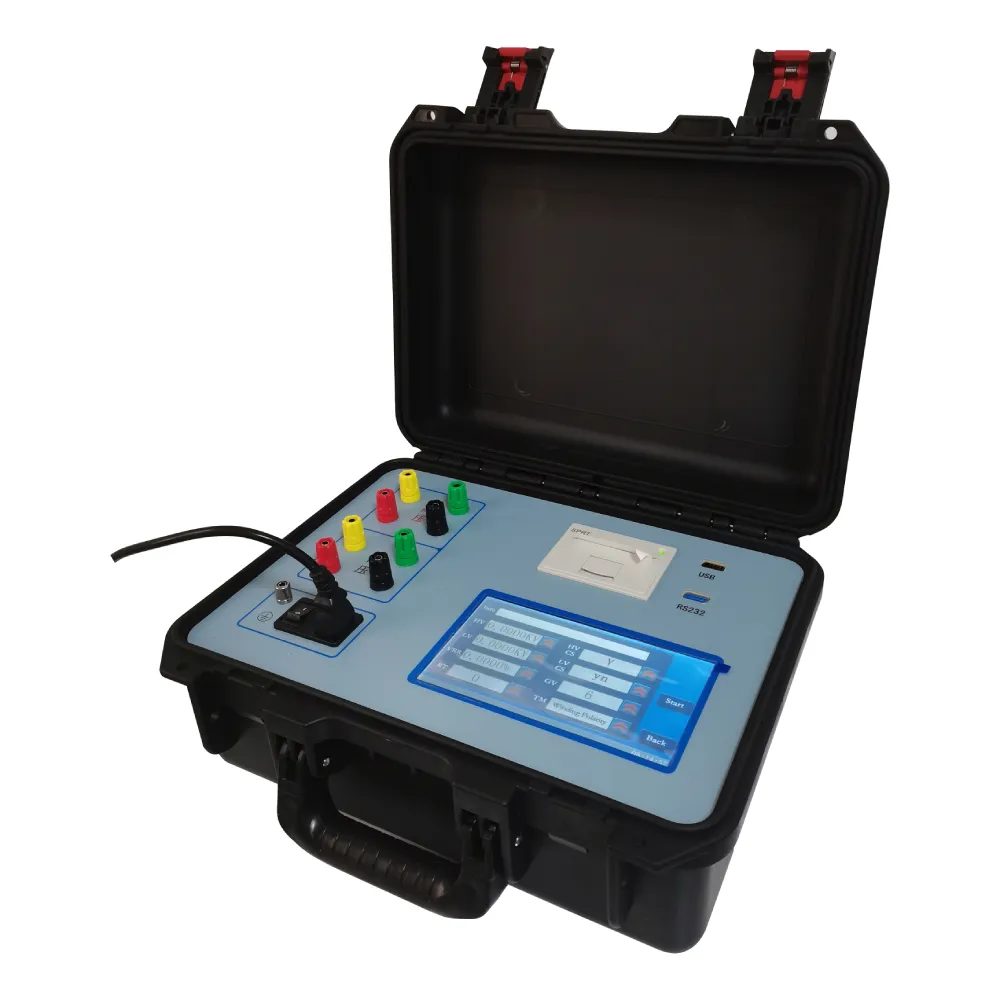 English
English



-
 Afrikaans
Afrikaans -
 Albanian
Albanian -
 Amharic
Amharic -
 Arabic
Arabic -
 Armenian
Armenian -
 Azerbaijani
Azerbaijani -
 Basque
Basque -
 Belarusian
Belarusian -
 Bengali
Bengali -
 Bosnian
Bosnian -
 Bulgarian
Bulgarian -
 Catalan
Catalan -
 Cebuano
Cebuano -
 China
China -
 China (Taiwan)
China (Taiwan) -
 Corsican
Corsican -
 Croatian
Croatian -
 Czech
Czech -
 Danish
Danish -
 Dutch
Dutch -
 English
English -
 Esperanto
Esperanto -
 Estonian
Estonian -
 Finnish
Finnish -
 French
French -
 Frisian
Frisian -
 Galician
Galician -
 Georgian
Georgian -
 German
German -
 Greek
Greek -
 Gujarati
Gujarati -
 Haitian Creole
Haitian Creole -
 hausa
hausa -
 hawaiian
hawaiian -
 Hebrew
Hebrew -
 Hindi
Hindi -
 Miao
Miao -
 Hungarian
Hungarian -
 Icelandic
Icelandic -
 igbo
igbo -
 Indonesian
Indonesian -
 irish
irish -
 Italian
Italian -
 Japanese
Japanese -
 Javanese
Javanese -
 Kannada
Kannada -
 kazakh
kazakh -
 Khmer
Khmer -
 Rwandese
Rwandese -
 Korean
Korean -
 Kurdish
Kurdish -
 Kyrgyz
Kyrgyz -
 Lao
Lao -
 Latin
Latin -
 Latvian
Latvian -
 Lithuanian
Lithuanian -
 Luxembourgish
Luxembourgish -
 Macedonian
Macedonian -
 Malgashi
Malgashi -
 Malay
Malay -
 Malayalam
Malayalam -
 Maltese
Maltese -
 Maori
Maori -
 Marathi
Marathi -
 Mongolian
Mongolian -
 Myanmar
Myanmar -
 Nepali
Nepali -
 Norwegian
Norwegian -
 Norwegian
Norwegian -
 Occitan
Occitan -
 Pashto
Pashto -
 Persian
Persian -
 Polish
Polish -
 Portuguese
Portuguese -
 Punjabi
Punjabi -
 Romanian
Romanian -
 Russian
Russian -
 Samoan
Samoan -
 Scottish Gaelic
Scottish Gaelic -
 Serbian
Serbian -
 Sesotho
Sesotho -
 Shona
Shona -
 Sindhi
Sindhi -
 Sinhala
Sinhala -
 Slovak
Slovak -
 Slovenian
Slovenian -
 Somali
Somali -
 Spanish
Spanish -
 Sundanese
Sundanese -
 Swahili
Swahili -
 Swedish
Swedish -
 Tagalog
Tagalog -
 Tajik
Tajik -
 Tamil
Tamil -
 Tatar
Tatar -
 Telugu
Telugu -
 Thai
Thai -
 Turkish
Turkish -
 Turkmen
Turkmen -
 Ukrainian
Ukrainian -
 Urdu
Urdu -
 Uighur
Uighur -
 Uzbek
Uzbek -
 Vietnamese
Vietnamese -
 Welsh
Welsh -
 Bantu
Bantu -
 Yiddish
Yiddish -
 Yoruba
Yoruba -
 Zulu
Zulu
Affordable Automatic Titrators for Precision Lab Measurements and Enhanced Workflow
Exploring the Costs of Automatic Titrators A Comprehensive Overview
In the laboratory, precision is paramount, and the tools we choose can significantly influence the results of our experiments. Among these tools, automatic titrators stand out as indispensable devices that streamline the process of titration, enhancing accuracy and efficiency. However, one of the critical factors that laboratories must consider before investing in an automatic titrator is its cost. This article delves into various aspects of automatic titrator prices, helping you navigate this essential investment.
Understanding Automatic Titrators
Automatic titrators are advanced instruments designed to automate the titration process. They eliminate the need for manual interventions, reducing human error while increasing reproducibility in measurements. These devices are particularly valuable in fields such as chemistry, pharmaceuticals, and food testing, where precise quantitative analysis is required. By using sensors and software, automatic titrators can accurately determine the endpoint of a titration, making them crucial for obtaining reliable results.
Factors Influencing Prices
The price of automatic titrators can vary widely based on several factors
1. Type of Technology There are various types of titration techniques employed, such as potentiometric, volumetric, and photometric. Advanced models using multiple techniques tend to be more expensive due to their versatility and functionality.
2. Brand and Manufacturer Renowned brands often price their products higher due to their reputation for quality, support, and reliability. Investing in a reputable brand may come with a higher upfront cost, but could potentially save money on maintenance and repairs in the long run.
3. Features and Specifications The complexity and features of the automatic titrator also play a significant role in determining the price. Models equipped with advanced features like integrated data management systems, touchscreen interfaces, and enhanced connectivity options (such as USB or Wi-Fi) are typically more expensive.
automatic titrator price

4. Calibration and Maintenance The cost of calibration and ongoing maintenance should not be overlooked. Some manufacturers offer comprehensive service packages that can increase the initial cost but ensure optimal performance and longevity of the equipment.
5. Market Demand The demand for specific types of automatic titrators can influence their market price. During periods of high demand, prices may increase, while during lower demand, discounts may be available.
Price Range
On average, the price of automatic titrators can range from a few thousand dollars to over twenty thousand dollars. Entry-level models, which may be suitable for basic laboratory applications, can typically be purchased for between $2,000 and $5,000. Mid-range options, which incorporate more complex features and better performance, usually range from $5,000 to $15,000. High-end models, which are often customizable and designed for specialized applications, can exceed $20,000.
Budgeting for an Automatic Titrator
When considering the purchase of an automatic titrator, it is essential to establish a budget that encompasses not only the initial purchase price but also the long-term costs associated with operation, maintenance, and potential upgrades. Conducting a thorough needs analysis to understand the specific applications in your laboratory can help in selecting a model that fits both your operational needs and budget.
Conclusion
Investing in an automatic titrator is a significant decision for any laboratory, and understanding the price landscape is crucial. By taking into account the factors that influence pricing and defining your specific needs, you can make informed decisions that will enhance your laboratory's productivity and accuracy. As technology continues to evolve, staying informed about the latest models and their price points will ensure that you select the most suitable automatic titrator for your applications, ultimately improving your research outcomes and operational efficiency.
-
Testing Equipment Industry Sees Major Advancements in 2025: Smart & Precision Technologies Lead the WayNewsJun.06,2025
-
Applications of Direct Current Generators in Renewable Energy SystemsNewsJun.05,2025
-
Hipot Tester Calibration and Accuracy GuidelinesNewsJun.05,2025
-
Digital Circuit Breaker Analyzer Features and BenefitsNewsJun.05,2025
-
Benefits of Real-Time Power Quality Monitoring Devices for Industrial EfficiencyNewsJun.05,2025
-
Earth Fault Loop Testing in High-Rise Building Electrical SystemsNewsJun.05,2025



